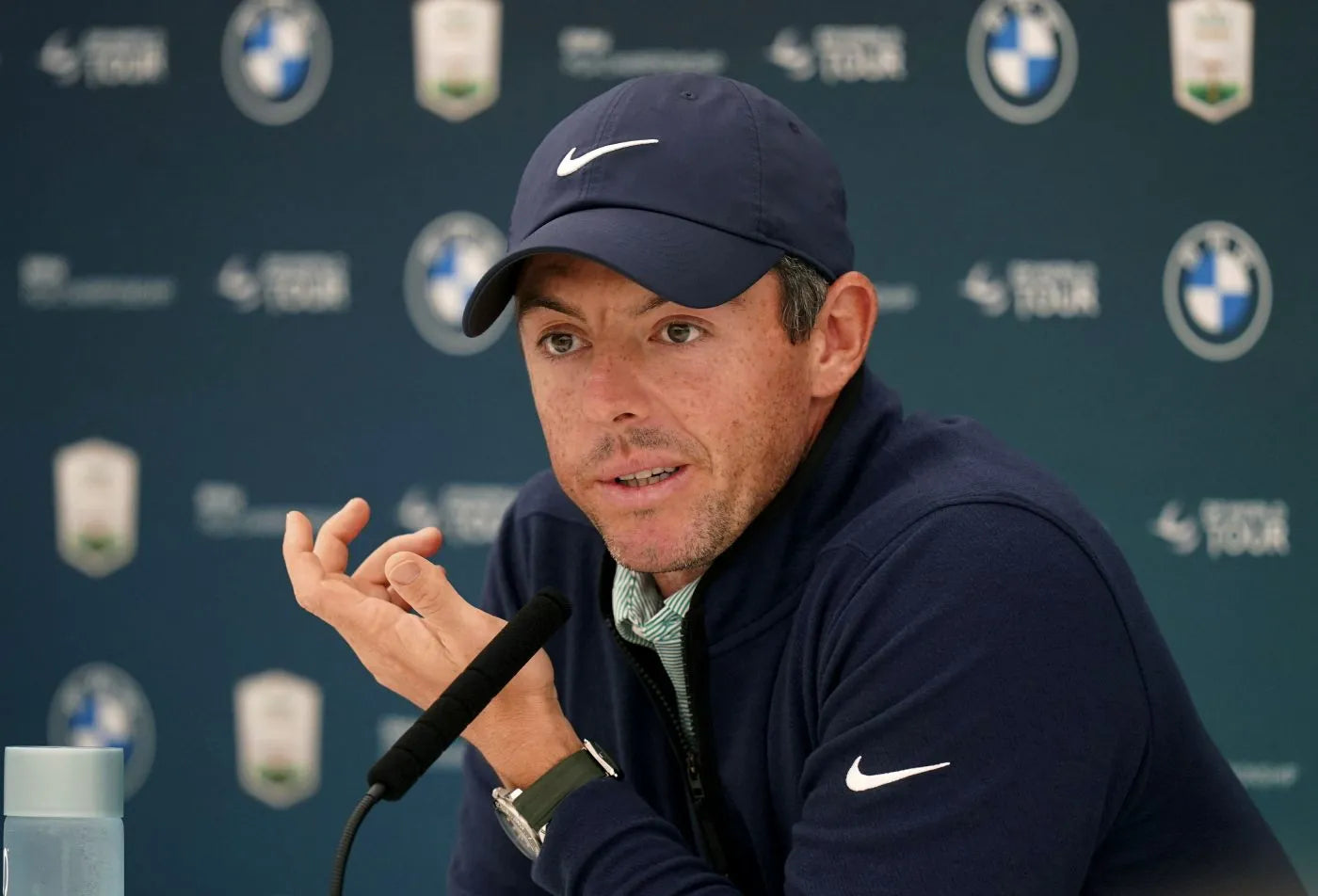When Rory Ghosted the Media
Rory McIlroy’s golf game? Usually loud and proud. But during the 2025 PGA Championship, he went silent. No press. No interviews. Not even a quick “yeah, I hit it good.” And people definitely noticed.
Why the mute button? Well, someone leaked that his driver didn’t pass a conformity test—basically, the golf version of getting pulled over for a tail light that’s just a little too bright. McIlroy wasn’t happy, and instead of chatting with the media about it, he chose to zip it.
Fair? Maybe. But for the world of golf marketing and sponsorships… that silence was deafening.
Why Media Moments Matter
Let’s be real—press conferences aren’t just about answering boring questions like, “What was going through your mind on the 13th tee?” They’re marketing gold.
Sponsors pay big bucks for that visibility. Broadcasters rely on player stories to pull in viewers. And fans? We eat it up. Behind-the-scenes drama. Candid reactions. Little soundbites that become memes. It’s all part of the entertainment package.
So when Rory pulled the plug, he didn’t just duck a few nosy reporters—he also unplugged a lot of brand exposure, buzz, and maybe even some fan loyalty.
Missed Shots (And We’re Not Talking Golf)
Here’s what went sideways when Rory went quiet:
-
His sponsors lost a chance to show off their logo-wearing superstar.
-
The PGA Tour was left scrambling to explain his no-show.
-
The media spun their own stories without Rory there to steer the narrative.
Suddenly, Rory wasn’t just the guy with the rogue driver—he was the guy with something to hide (at least according to internet gossip).
Brands Want Grit, But Not Ghosting
Brands love athletes with “authenticity.” You know, the kind who speak their mind, show personality, and aren’t afraid to cry over a three-putt. But when that authenticity turns into radio silence, things get tricky.
Because while fans want real, sponsors want reliable. And if you’re not showing up, both can get twitchy.
Rory’s earned a ton of goodwill over the years, but even so, disappearing during a major event can make sponsors nervous. Are they investing in a superstar… or someone who might go quiet when the pressure’s on?
What Could He Have Done?
Honestly, he didn’t need to do a full 60 Minutes interview. A 30-second Instagram Story. A one-liner tweet. Even a slightly salty gif. Just something to keep his side of the story alive.
Controlled honesty is the name of the game. You don’t have to say everything—but say something, and you keep the narrative on your terms.
What This Teaches Us
For marketers, PR pros, and brand builders, here’s the takeaway:
-
Have a Plan B: Athletes are human. Emotions run high. Prep them for moments when they want to disappear.
-
Make Room for Emotion: Silence isn’t always bad—but know when it’ll cause ripples.
-
Use Their Platforms: If they won’t do press, help them post on their own turf. Fans love direct updates.
-
Don’t Panic: One off-day doesn’t break a brand—but having a smart response strategy helps.
Silence Can Be Loud
Rory didn’t say a word, but the whole golf world was buzzing. That’s the ironic thing—not talking can create even more noise.
For athletes and marketers alike, staying quiet might feel safe in the moment. But in today’s media-hungry world, it’s often riskier than saying a few carefully chosen words.
So next time your star player wants to ghost the mic? Maybe help them post a meme instead.





Fifa president Infantino defends Club World Cup as Brazil eyes 2029 bid
F1: Gen Z women and US audiences drive new era of modern fandom